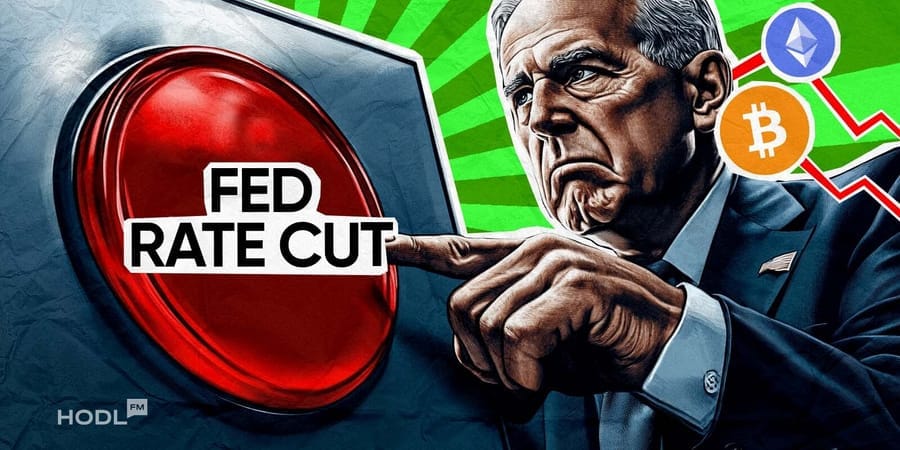The U.S. Federal Reserve has lowered its benchmark federal funds rate by 0.25%, bringing the new target range to 3.75%–4.00%, as policymakers navigate a slower labor market and persistent inflation. The rate cut, announced on October 29, 2025, is the second this year, following a similar reduction in September.
According to the Federal Open Market Committee (FOMC) statement published on fed.reserve.gov, officials judged that “economic activity has been expanding at a moderate pace,” but highlighted that job gains have slowed in recent months and that unemployment, while still low, has inched higher since midyear.
“In this less dynamic and somewhat softer labor market, the downside risks to employment appear to have risen,” said Federal Reserve Chair Jerome H. Powell during his post-decision press conference. “Inflation has eased significantly but remains somewhat elevated.”
The committee cited an elevated level of uncertainty around the economic outlook and reaffirmed its commitment to the Fed’s dual mandate of maximum employment and price stability near 2% inflation.
A divided committee and mixed signals for December
According to a New York Times report, the vote to reduce rates was 10-2, with Stephen I. Miran, a recent Trump appointee, favoring a larger 0.5% cut, and Jeffrey R. Schmid, President of the Kansas City Federal Reserve Bank, preferring no change.
Fed Chair Powell acknowledged sharp divisions within the committee, emphasizing that the path ahead remains uncertain.
“A further reduction in the policy rate at the December meeting is not a foregone conclusion. Far from it,” Powell told reporters.
Investors initially viewed the decision as dovish, but Powell’s caution regarding additional cuts caused U.S. stock markets to turn negative while Treasury yields rose, indicating market skepticism about future easing.
Because of the ongoing government shutdown, the Fed has limited access to official employment and inflation data. Powell confirmed that policymakers had to rely on private indicators and anecdotal evidence to assess the economy’s condition ahead of the decision.
Fed halts quantitative tightening program by December 1
In a parallel decision, the Fed announced it will end its balance sheet reduction program, also known as quantitative tightening (QT), by December 1, 2025. The QT program, in place since 2022, has reduced the central bank’s securities holdings by nearly $1 trillion, tightening liquidity conditions in financial markets.
Powell said that the conclusion of QT reflects a shift in balance-of-risks assessment and observed pressures in short-term funding markets. The halt means the Fed will reinvest proceeds from maturing securities into Treasury bills instead of allowing its balance sheet to shrink further.
Ending QT reverses a key component of the Fed’s post-pandemic tightening phase and could provide temporary relief for risk assets. Historically, when the Fed adds liquidity or slows tightening, markets, especially those sensitive to liquidity like cryptocurrencies, react positively.
For instance, Bitcoin, which traded near $116,000 the previous day, fell below $111,000 before rebounding to $110,470 after the decision, according to TradingView data. This volatility shows investors are adjusting to the complex policy signals.
Broader context: balancing inflation and employment risks
The Fed’s statement made clear that the committee remains “strongly committed to supporting maximum employment and returning inflation to its 2 percent objective.” Policymakers added that they will continue to monitor incoming information, including labor market data, inflation pressures, financial conditions, and global developments.
Despite moderate gains in output, the combination of a cooling labor market, lingering inflation, and limited data flow from federal agencies due to the shutdown complicates policy planning.
The October meeting marks another policy recalibration as the Fed tries to maintain stability in a shifting macroeconomic environment. While the latest rate cut and the QT conclusion suggest a more accommodative stance, Federal Reserve officials remain cautious about further easing this year.

Disclaimer: All materials on this site are for informational purposes only. None of the material should be interpreted as investment advice. Please note that despite the nature of much of the material created and hosted on this website, HODL FM is not a financial reference resource, and the opinions of authors and other contributors are their own and should not be taken as financial advice. If you require advice. HODL FM strongly recommends contacting a qualified industry professional.





